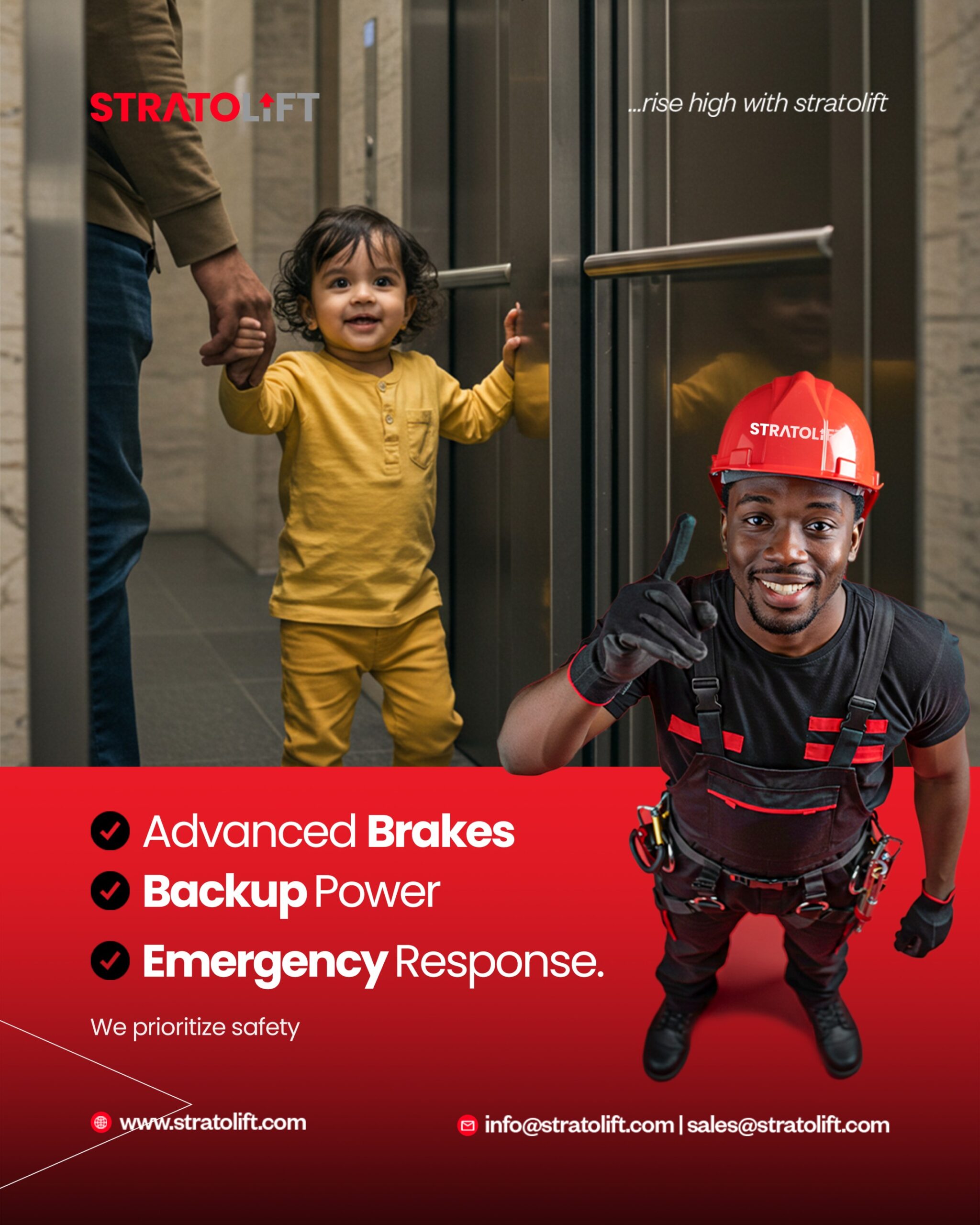
The Impact of Digital Transformation on the Elevator Industry: Trends and Predictions
Introduction
In an era where technology is advancing at lightning speed, industries once considered “traditional” are undergoing dramatic change. The elevator sector—long defined by mechanical engineering and routine maintenance—is now embracing digital transformation on a global scale. From smart buildings to AI-driven safety systems, the shift from analog to digital is not just an upgrade—it’s a reimagining of what vertical transportation can be.
This transformation is reshaping how elevators are designed, installed, monitored, and maintained. Companies like StratoLift are leading this change, delivering solutions that are safer, more efficient, and more attuned to the evolving needs of building owners and users alike.
The Digital Shift: From Analog to Intelligent Elevators
Just a few decades ago, elevator systems relied primarily on analog controls and manual operations. Today, digital technology has become integral at every stage of the elevator lifecycle.
Modern Control Systems
Traditional relay-based control panels are being replaced by advanced microprocessor controls. These systems allow for precise regulation of speed, door movement, load balancing, and destination dispatch. Touchscreen interfaces and cloud-connected controllers have improved user experience and reduced downtime by enabling remote diagnostics.
Key Drivers of Change
- Data Analytics:
Elevators generate enormous volumes of operational data—from trip counts to vibration patterns. By applying predictive analytics, service teams can spot potential issues before they escalate into costly breakdowns. - Artificial Intelligence (AI):
AI algorithms are now optimizing elevator traffic flow in real-time, reducing wait times and energy consumption. For example, AI-based destination control systems group passengers going to the same floors, streamlining operations in high-rise buildings. - Internet of Things (IoT):
IoT-enabled sensors continuously monitor key components like motors, brakes, and cables. These devices transmit performance metrics to centralized platforms, empowering building managers with insights into usage patterns, maintenance needs, and energy efficiency.
Emerging Trends and Predictions
As digital transformation deepens, several trends are reshaping the elevator industry:
Smarter Operations and Maintenance
Remote monitoring platforms are becoming the norm. Technicians can now receive real-time alerts and detailed fault codes via mobile apps, enabling faster response times and reducing unscheduled service calls.
Enhanced Safety Systems
Digital innovations are driving significant improvements in passenger safety. Intelligent sensors can detect obstructions more accurately than legacy mechanical edges, while AI algorithms predict and prevent component failures.
Design and Aesthetics
The rise of panoramic glass elevators and custom cabin interiors reflects a broader trend toward user-centered design. Digital tools make it easier to create bespoke solutions that align with architectural vision and user expectations.
New Business Models
Subscription-based maintenance agreements, remote software upgrades, and pay-per-use elevator services are emerging as innovative business models enabled by connectivity and data analytics.
Sustainability and Efficiency
Elevators are major energy consumers in tall buildings. Digital control systems paired with regenerative drives and smart standby modes can cut power consumption by up to 30%. This supports sustainability goals and reduces operating costs.
Future Outlook: How StratoLift Is Leading the Digital Era
At StratoLift, we believe digital transformation is not an option—it’s a commitment to elevating experiences and setting new standards in vertical mobility. Our approach integrates cutting-edge technologies across every stage of our solutions:
- Smart Controllers and IoT Sensors:
All StratoLift elevators come equipped with advanced controllers and IoT modules that deliver 24/7 performance data to both clients and our support teams. - AI-Enhanced Predictive Maintenance:
Our predictive analytics platform continuously learns from each elevator’s performance to anticipate maintenance needs before issues arise. - Customizable Digital Interfaces:
We offer touchscreen displays and personalized access controls that can be configured to match the aesthetic and functional requirements of each property. - Remote Software Updates:
Just like your smartphone, our elevator systems can receive remote firmware upgrades, ensuring they stay secure and up to date without the need for hardware replacements.
For building managers and owners, this means improved reliability, enhanced safety, and the peace of mind that comes from knowing every detail is optimized for performance.
Conclusion
The elevator industry is in the midst of a profound digital transformation that is redefining how people experience vertical transportation. From smart sensors and AI to IoT-powered monitoring and predictive maintenance, the possibilities for safer, smarter, and more sustainable lifts are unprecedented.
At StratoLift, we are proud to be at the forefront of this evolution. By embracing digital technologies, we empower our clients to provide better service, extend the life of their equipment, and create inspiring spaces where technology and design work in harmony.
For those ready to elevate their projects into the future, the time to act is now. Digital transformation isn’t just a trend—it’s the pathway to a more connected, efficient, and visionary elevator experience.







